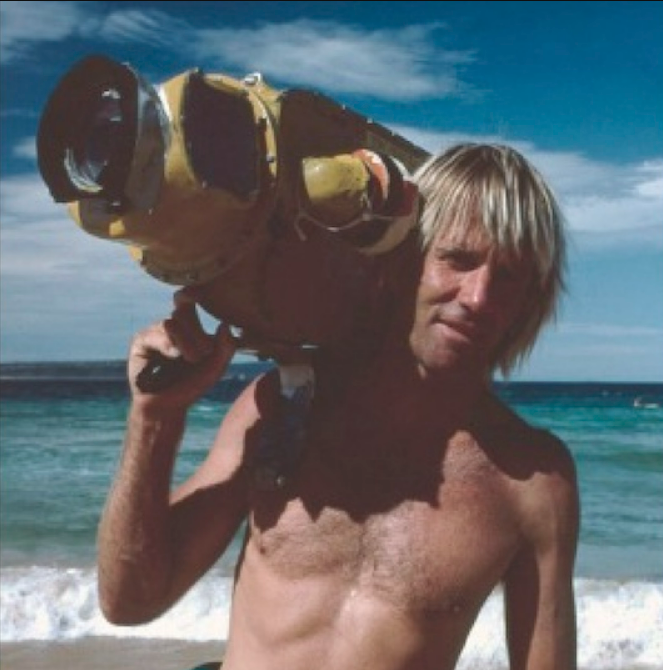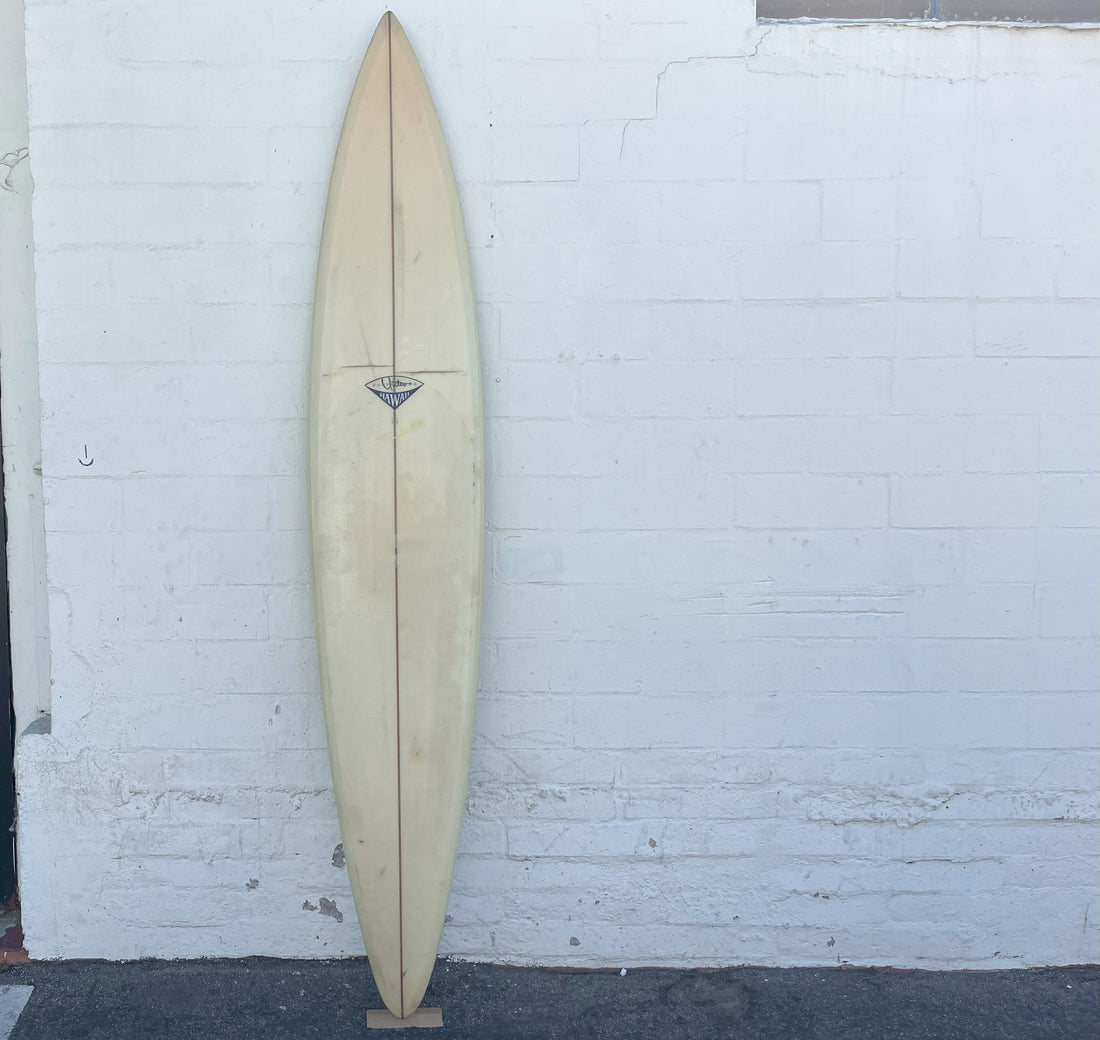The shortboard revolution of the late 1960s was a landmark period in the evolution of surfing. Santa Barbara played a pivotal role in shaping this transformative era as a hub of design innovations that characterized the shortboard revolution and ushered in a new global notoriety for Santa Barbara surf spots like Rincon, as well as for the pro surfers pushing uncharted boundaries in the sport on some of the local area’s most famous waves.

The Santa Barbara Surfing Connection
During the late 1960s, Santa Barbara became a breeding ground for innovation and experimentation in surfboard design. In the mid-1960s, local surfer George Greenough gained notoriety surfing short kneeboards that enabled him to do top-to-bottom surfing, which got surfers aspiring to do the same, but standing up on the board. In 1964, Greenough visited Australia for the first time, where he encountered surfboard shaper Bob McTavish, who was intrigued with the abilities of Greenough's kneeboard with a new type of fin. Back in Santa Barbara, Greenough continued to experiment with his friend, local shaper John Eichert of Ike Surfboards. Greenough shaped his first kneeboards at Ike's surfboard shop at 24 East Cota St. in Santa Barbara. During this period, Greenough and Ike continued to experiment with this new type of fin, shaped like a tuna fin. Ike and Greenough tested the new fin styles with a variety of boards to find a solution that would allow the type of surfing they were trying to achieve. In 1966, Australian surfer Nat Young won the World Surfing Championship in San Diego riding a 9'4" board outfitted with one of Greenough's tuna-shaped fins, which allowed him to achieve sharper turns.

1963 Greenough Spoon Kneeboards
In 1968, McTavish visited Santa Barbara and stayed for the winter. Greenough, Renny Yater, and McTavish spent the time shaping boards, testing them out, and figuring out which designs worked best in a season of epic Rincon Point swells. These local pioneers pushed the boundaries of traditional longboard design and effectively ushered in the shortboard revolution, along with 1960s local shapers Tom Roland, Brian Bradley, Tom Hale, and John Thurston. In one year's time from 1967 to 1968 boards shifted from an average of 9'6" length and weight of 26 pounds to an average length of 6'6" and 10 pound weight. These collaborations and progressive ideas led to the development of shorter, more maneuverable surfboards that would forever change the sport.

Catalyzing Change in Surfing Culture
The shortboard revolution in Santa Barbara had a profound impact on surfing culture. The shift from cumbersome longboards to shorter, lighter boards ignited a new era of high-performance surfing. Local Santa Barbara pro surfers, such as Tom Curren and Kim Mearig embraced the agility and responsiveness of shortboards, showcasing innovative maneuvers and redefining the possibilities of wave riding. Their influential performances inspired a generation of surfers and contributed to Santa Barbara's reputation as a hotbed of progressive surfing.

1974 Channel Islands board, shaped by Al Merrick, glassed by Marc Andreini
Surfboard Design Innovations and Breakthroughs
Santa Barbara surfboard shapers and their team riders played a vital role in pioneering significant surfboard design innovations that are the hallmarks of the shortboard revolution. Santa Barbara's influence in shaping the design elements of shorter boards included reduced length, increased rocker, and refined outlines. Local Santa Barbara surfboard shapers such as Al Merrick, founder of Channel Islands Surfboards, and Marc Andreini of Owl Surfboards took design advancements of the shortboard revolution to the next level. Next generation local shapers the likes of Matt Moore, Bob Duncan, Bob Krause, Bruce Fowler, John Bradbury, Dave Johnson, David Pu'u, Rich Reed, Clyde Beatty Jr., Randy Cone, John Perry, Steve Brom, Allan Gibbons, Davey Smith, Wayne Rich, Michael Cundith, and Allan Freeman, among others, accelerated the shaping breakthroughs that were crucial in unlocking the full potential of shortboards and revolutionizing the way surfers approached waves in the 1970s and early 1980s.

Tom Curren riding a CI board in Ventura, 1980s. Photo Credit Jimmy Metyko
The Enduring Legacy in Santa Barbara Surfing
The shortboard revolution in Santa Barbara left an indelible mark on surfing, not only in the region but globally. The innovations and performance capabilities pioneered during this era continue to influence contemporary surfboard design and shape the future of the sport. Santa Barbara's surfing community remains a vibrant hub of talent and creativity, continuously pushing the realities of what is possible in wave riding. The enduring legacy of the shortboard revolution in Santa Barbara serves as a testament to the area's ongoing influence and contributions to the evolution of surfing.

SB-raised surfboard shaper Pyzel short boards in Beach House showroom
A Living Surfing Legacy
Santa Barbara's profound impact on the shortboard revolution solidified its place in surfing history. The collaborative surf culture spirit, shapers’ innovative designs, and influential surfers from this coastal region continue to inspire and shape the sport, leaving an enduring legacy for generations of surfers to come.
Come on down to the Beach House boardroom to check out our vintage board collection, which includes some of the most iconic boards of the shortboard revolution!





